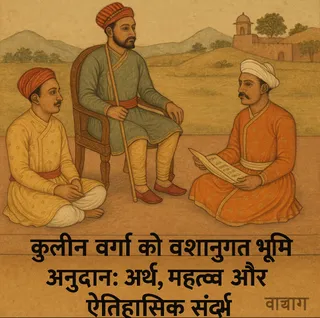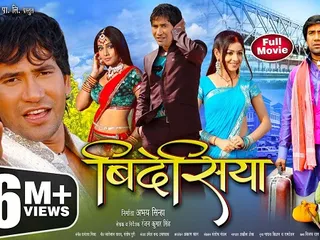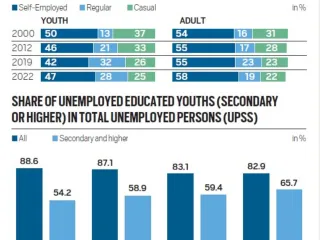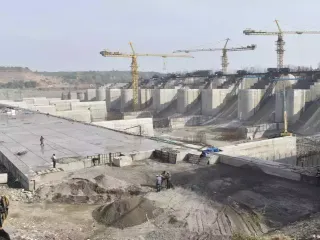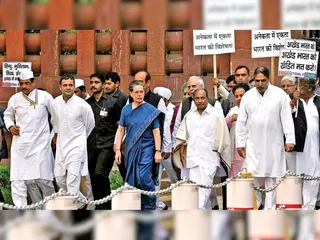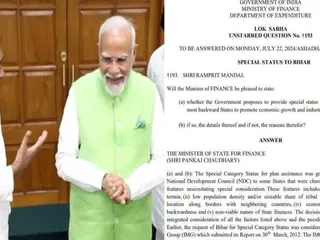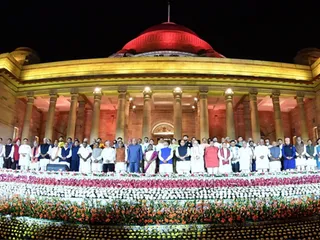The land revenue system in India has a long and complex history, deeply intertwined with the country's social, economic, and political development. From ancient times to the present day, the methods of collecting revenue from land have undergone significant transformations, shaping the agrarian landscape and influencing power dynamics.
Early Systems
In ancient India, the concept of land ownership was less defined than in modern systems. Revenue collection often involved sharing of the produce with the ruler or local chieftains. Different empires, like the Mauryas and Guptas, implemented varying systems, largely based on the share-cropping model.
The British Raj and its Impact
The arrival of the British East India Company marked a watershed moment. The British gradually consolidated control over land revenue, implementing three major systems:
1. Zamindari System:
Introduced primarily in Bengal, Bihar, and parts of Uttar Pradesh, the Zamindari system vested land ownership in intermediaries called Zamindars. These Zamindars collected revenue from the actual cultivators (peasants) and paid a fixed amount to the British. This system often led to exploitation of peasants due to the high demands of the Zamindars.
2. Ryotwari System:
Implemented in Madras Presidency (present-day Tamil Nadu), Bombay Presidency (present-day Maharashtra, Gujarat, and parts of Karnataka), and other regions, the Ryotwari system involved direct settlement of land revenue with individual cultivators (Ryots). While eliminating the intermediary Zamindars, it often resulted in high revenue demands, burdening the peasants.
3. Mahalwari System:
Introduced in the North-Western Provinces (present-day Uttar Pradesh and Uttarakhand), the Mahalwari system involved the village community as a unit for revenue assessment. Revenue was collected collectively from the village, with the village headman playing a crucial role. This system aimed to maintain the traditional village structure but also faced challenges in equitable revenue distribution.
Post-Independence Land Reforms
After independence, India initiated extensive land reforms aimed at addressing the historical injustices and inequalities associated with the British land revenue systems. These reforms included abolishing the Zamindari system, reducing land ceilings to prevent concentration of land ownership, and promoting land redistribution to landless peasants. While these reforms made significant progress, their implementation varied across states, and challenges remain in achieving complete equity and efficiency in land ownership and revenue collection.
Modern Land Revenue Administration
Today, India's land revenue administration is a complex system, varying from state to state. It involves land records maintenance, revenue collection, and dispute resolution related to land ownership. Technological advancements such as digitalization of land records are being introduced to improve transparency and efficiency in land administration.
The ongoing evolution of the land revenue system in India continues to be a significant area of policy and debate, particularly in the context of agricultural development, poverty reduction, and equitable distribution of resources.



